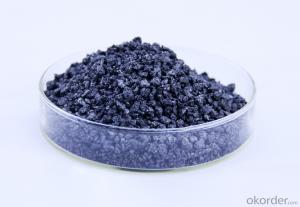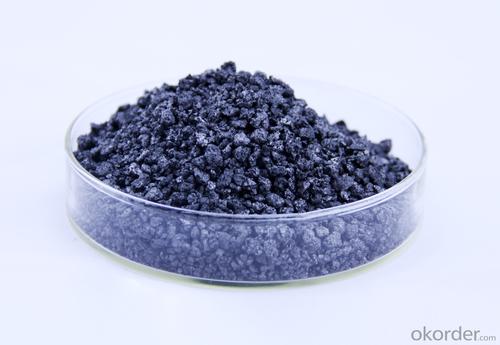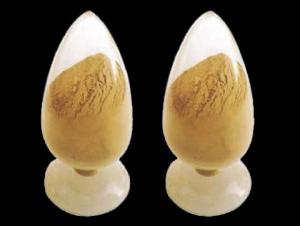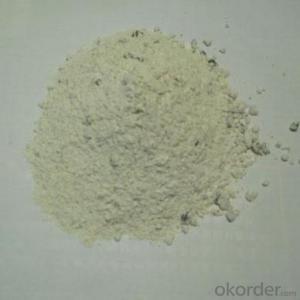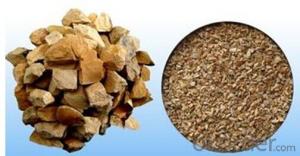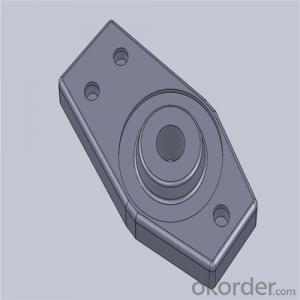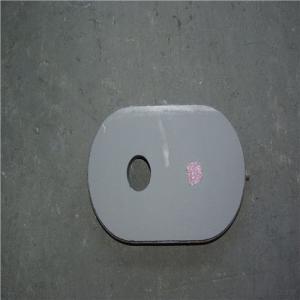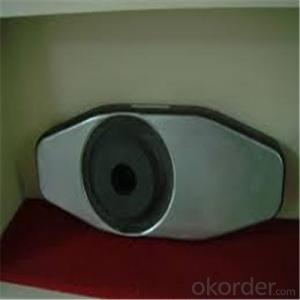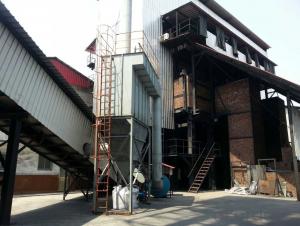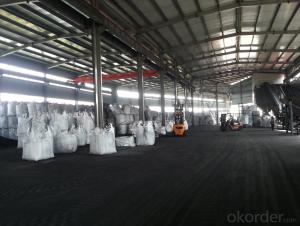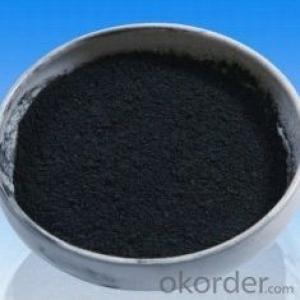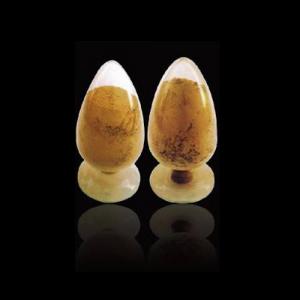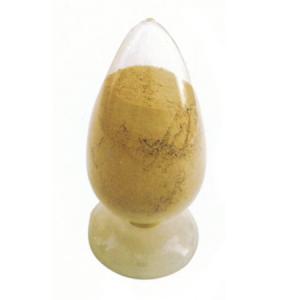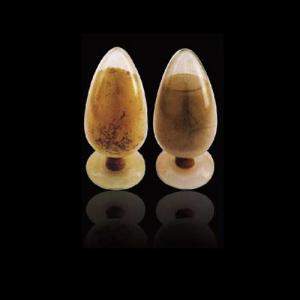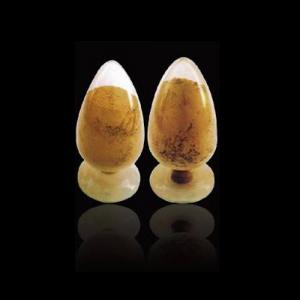Monolithic Refractories for Iron and Steel Industry - Calcined Petroleum Coke with Stable Quality
- Loading Port:
- Shekou
- Payment Terms:
- TT OR LC
- Min Order Qty:
- 20 m.t
- Supply Capability:
- 1000 m.t/month
OKorder Service Pledge
OKorder Financial Service
You Might Also Like
Factory Background
The factory is majorly running and operating carbon additive (pitch coke, calcined petroleum coke and anthracite), low nitrogen carbon additive, and brake pad making material. Company is the long term supplier of Sinosteel Corporation, Shanghai Carbon Corporation, the plant of SGL Group the Carbon Company in China and some largest special carbon products producing plants.
YUAI also supplies huge amout of high quality carbon additive and graphite carbon additive to steel plants, foundries and ferrotungsten plants. YUAI has been assigned by BAO STEEL as the only organization for processing pitch coke for export purpose. The group’s major products are constantly exported to Japan, Korea, Malaysia, South East Asia countries, Europe and America, which receive praises by our consumers.
The group has invested numbers of calcinators in Anhui China to ensure the capability of producing and processing huge amount of carbon additive. Further investment is on process. According to the orders from customers, YUAI is able to processing and providing different specifications of carbon additive and other products. To provide best quality of products and to offer customers most satisfied service is YUAI’s operating objectives.
Calcined Petroleum Coke
FC:98.5%min,
S:0.5%max
A:0.8%max
V:0.7%max
Mositure:0.5%max
Size:1-5mm
This product is mainly used in steel-making and foundry. Calcined Petroleum Coke
Calcined Petroleum Coke comes from delayed coke which extracted from oil refinery. Although Calcined Petroleum Coke contains a little bit higher level of sulfur and nitrogen than pitch coke, the price advantage still makes it widely used during steel-making and founding as a kind of carbon additive/carburant.
Packaging & Delivery
Packaging Detail:25kg paper bag into 1t weaving bag 5kg, 10kg and 20kg weaving bag into 1t weaving bag 25kg weaving bag put on pallet covered with entanglement wrap product direct into packing bag 25kg paper bag put on pallet covered with entanglement Wrap 25kg weaving bag into 1t weaving bag.
Delivery Details: 7 days
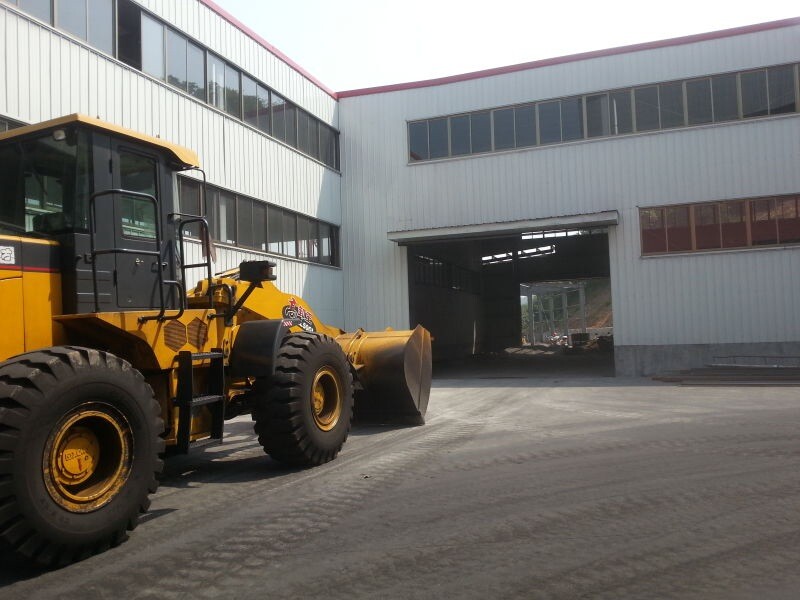

- Q: What are the main causes of monolithic refractory failure in the iron and steel industry?
- Monolithic refractory failure in the iron and steel industry can be attributed to various causes. Thermal cycling stands out as one of the primary factors. The extreme temperatures encountered during iron and steel manufacturing, including melting, casting, and heat treating, expose the refractory lining to significant thermal stress. This repetitive expansion and contraction of the material can lead to cracking, spalling, or even complete disintegration of the refractory. Chemical attack is another common cause of failure. The iron and steel industry utilizes different chemicals, such as molten metal, slag, and gases, which can react with the refractory lining. This chemical interaction can result in erosion, corrosion, or chemical decomposition of the refractory material, ultimately causing failure over time. Mechanical stress also plays a significant role in monolithic refractory failure. The heavy machinery and equipment employed in iron and steel production produce vibrations, shocks, and impacts that can weaken or damage the refractory lining. Additionally, improper installation or design can create stress concentration points, making the refractory more susceptible to failure. Furthermore, refractory failure can be attributed to improper maintenance and operational practices. Inadequate cooling or heating procedures, improper drying and curing of the refractory, and insufficient cleaning and inspection can all affect the longevity and performance of the material. Neglecting regular maintenance and timely repairs can exacerbate minor issues, eventually leading to more significant failures. Lastly, the choice and quality of refractory material are crucial factors in failure. Opting for an unsuitable refractory for a specific application or using low-quality materials can result in premature failure. Considering factors such as temperature range, chemical exposure, and mechanical stress is essential when selecting the refractory lining to ensure its suitability and durability in the iron and steel industry. To summarize, the main causes of monolithic refractory failure in the iron and steel industry include thermal cycling, chemical attack, mechanical stress, improper maintenance and operational practices, and the choice and quality of refractory material. Addressing these factors through proper installation, regular maintenance, and careful material selection can help mitigate refractory failures and enhance the overall efficiency and productivity of iron and steel production processes.
- Q: What are the typical operating temperatures for monolithic refractories?
- The typical operating temperatures for monolithic refractories vary depending on the specific composition and type of refractory material. However, in general, monolithic refractories are designed to withstand high temperatures ranging from 1500°C (2732°F) to 1800°C (3272°F) and even higher in some cases. These refractories are commonly used in industries such as steelmaking, cement production, glass manufacturing, and petrochemical processing, where they are subjected to extreme thermal conditions. Different types of monolithic refractories have different temperature limits. For instance, basic refractories made of magnesia or dolomite can withstand temperatures up to 1800°C (3272°F). On the other hand, alumina-based refractories can typically handle temperatures up to 1700°C (3092°F). Silicon carbide-based refractories have even higher temperature resistance, with the ability to withstand temperatures above 2000°C (3632°F). It is crucial to select the appropriate monolithic refractory material based on the specific operating temperature requirements of the application. Using refractories beyond their recommended temperature limits can cause thermal shock, spalling, or reduced performance, leading to potential equipment failure or safety hazards. Therefore, consulting with refractory manufacturers or experts in the field is essential to ensure the correct selection and optimal performance of monolithic refractories in high-temperature applications.
- Q: How do monolithic refractories protect the lining of ladles and tundishes?
- Monolithic refractories protect the lining of ladles and tundishes by forming a strong and durable barrier against high temperatures, chemical reactions, and mechanical stresses. These refractories are designed to be resistant to thermal shock and erosion, ensuring that the lining remains intact and unaffected by the molten metal or slag. They also provide insulation, minimizing heat loss and reducing energy consumption. Overall, monolithic refractories act as a reliable shield, extending the lifespan of the ladles and tundishes and preventing any detrimental effects on the lining.
- Q: How can the lifespan of monolithic refractories be extended?
- There are several measures that can be taken to extend the lifespan of monolithic refractories. To begin with, it is essential to ensure their proper installation. This involves following the guidelines provided by the manufacturer, using appropriate equipment and techniques, and ensuring correct curing and drying processes. By installing them correctly, the monolithic refractories become better equipped to withstand thermal stresses and chemical attacks, thus prolonging their lifespan. Regular maintenance is also crucial in extending the lifespan of monolithic refractories. This includes conducting routine inspections to identify any signs of wear, erosion, or cracking. Timely repairs or replacements should be carried out to prevent further damage. Moreover, applying protective coatings or sealants can help reduce erosion and chemical attacks, thereby enhancing the refractories' longevity. Another important aspect is implementing effective operating practices. This involves maintaining optimal operating conditions, such as controlling temperature fluctuations, to minimize thermal shocks and reduce the risk of spalling or cracking. Proper material selection is also key, as using refractories specifically designed for the intended application can increase their resistance to chemical attacks and extend their lifespan. Furthermore, ensuring proper handling and storage of monolithic refractories is essential. They should be stored in a dry, clean environment, away from moisture and extreme temperatures, to prevent premature degradation. Careful handling should be exercised, avoiding excessive impact or rough treatment that could cause damage. Lastly, it is beneficial to seek guidance from experienced professionals or consult refractory suppliers. Their expertise can provide valuable insights and guidance on best practices for extending the lifespan of monolithic refractories. By making informed decisions regarding installation, maintenance, and operating practices, the refractories' lifespan can be maximized and their performance optimized.
- Q: What are the recommended drying procedures for monolithic refractories?
- The recommended drying procedures for monolithic refractories vary depending on the specific type and composition of the refractory material. However, there are some general guidelines that can be followed. Firstly, it is important to remove any excess moisture from the refractory material before drying. This can be done by storing the refractory in a dry environment or using a dehumidifier if necessary. Once the refractory is adequately dried, the drying process can begin. It is recommended to start with a low drying temperature to prevent cracking or spalling of the refractory. Gradually increase the temperature over time to allow for the gradual release of moisture. This can be done by using a controlled drying oven or furnace. The drying time will vary depending on the thickness and composition of the refractory. It is important to follow the manufacturer's guidelines for the specific refractory material being used, as they will provide the recommended drying time and temperature range. During the drying process, it is important to monitor the refractory closely for any signs of cracking or spalling. If any cracks or damage occur, the drying should be stopped immediately to prevent further damage. It may be necessary to repair or replace the damaged areas before continuing with the drying process. Once the refractory is fully dried, it is important to slowly cool it down to prevent thermal shock. This can be done by gradually reducing the temperature over time or allowing the refractory to cool naturally in a controlled environment. Overall, the recommended drying procedures for monolithic refractories involve gradually increasing the temperature over time, monitoring for any signs of damage, and slowly cooling down the refractory to prevent thermal shock. It is important to follow the manufacturer's guidelines and recommendations for the specific refractory material being used to ensure proper drying and optimal performance.
- Q: What are the specific requirements of monolithic refractories for ladle purging applications?
- The specific requirements of monolithic refractories for ladle purging applications include high thermal shock resistance, excellent erosion resistance, good slag resistance, and low porosity. Thermal shock resistance is crucial in ladle purging applications as the refractory material needs to withstand rapid temperature changes without cracking or spalling. This is particularly important during ladle purging, where the ladle is exposed to high temperatures during molten metal pouring and then quickly cooled down during purging. Erosion resistance is another important requirement for monolithic refractories in ladle purging applications. The refractory material should be able to withstand the erosive action of molten metal streams and metalloids during purging. It should have a high resistance to chemical attack, preventing the material from deteriorating or eroding away. Slag resistance is also necessary for monolithic refractories used in ladle purging. The refractory material should have good resistance to the corrosive effects of slag, which can be present in ladles during purging. Slag can cause chemical reactions that can degrade the refractory material, leading to premature failure. Low porosity is an essential requirement for monolithic refractories in ladle purging applications. Low porosity ensures that the refractory material is impermeable to molten metal, preventing it from infiltrating the material and causing damage. This also helps to maintain the integrity and performance of the refractory lining during ladle purging. Overall, monolithic refractories for ladle purging applications need to exhibit high thermal shock resistance, excellent erosion resistance, good slag resistance, and low porosity to ensure the durability and longevity of the refractory lining in ladles during purging operations.
- Q: What are the main factors affecting the thermal conductivity of monolithic refractories?
- The main factors affecting the thermal conductivity of monolithic refractories are the composition and structure of the refractory material, the porosity and density of the material, the presence of any impurities or defects, and the temperature and pressure conditions at which the refractory is being used.
- Q: What are some common maintenance practices for monolithic refractories in iron and steel furnaces?
- Some common maintenance practices for monolithic refractories in iron and steel furnaces include: 1. Regular inspections: Conducting routine inspections is essential to identify any potential issues with the monolithic refractories. Inspections should be carried out by trained professionals who can assess the condition of the refractories and detect any signs of wear, erosion, or damage. 2. Repair and patching: Promptly repairing any damaged or eroded areas is crucial to prevent further deterioration and maintain the integrity of the refractories. Patching materials, such as refractory mortars or castable refractories, can be used to fill in gaps or repair small cracks. 3. Cleaning: Regularly cleaning the refractory lining helps to remove any build-up of slag, scale, or other impurities that can negatively impact the performance of the refractories. Cleaning can be done mechanically, using brushes or scrapers, or through chemical methods such as acid cleaning. 4. Thermal cycling: Controlled thermal cycling is often performed to condition and strengthen the monolithic refractories. This involves gradually increasing and decreasing the temperature of the furnace to improve the refractory's resistance to thermal shock. 5. Coating and sealing: Applying protective coatings or sealants to the refractory lining can help enhance its resistance to chemical attack, erosion, and thermal cycling. These coatings act as a barrier, preventing the penetration of molten metals or slags into the refractory material. 6. Monitoring and control: Continuous monitoring of operating conditions such as temperature, pressure, and atmosphere inside the furnace is important to prevent any sudden changes that may negatively affect the refractories. Maintaining proper control over these parameters helps to extend the life of the monolithic refractories. 7. Training and education: Providing regular training and education to furnace operators and maintenance personnel is crucial for them to understand the importance of proper refractory maintenance practices. This ensures that the refractories are handled and operated correctly, reducing the risk of premature failure. Overall, implementing these maintenance practices can significantly prolong the lifespan of monolithic refractories in iron and steel furnaces and maximize their performance, ultimately leading to improved efficiency and cost-effectiveness in the production process.
- Q: How are monolithic refractories manufactured?
- Monolithic refractories are manufactured by combining various raw materials, such as aggregates, binders, and additives, with water to create a workable mixture. This mixture is then shaped into the desired form, either by casting, gunning, or ramming. Afterwards, the shaped refractory is dried and fired at high temperatures to achieve the desired strength and thermal properties. The manufacturing process of monolithic refractories allows for flexibility in design and installation, making them suitable for a wide range of applications.
- Q: What are the benefits of using monolithic refractories in the iron and steel industry?
- Monolithic refractories offer numerous benefits in the iron and steel industry. Firstly, they provide excellent thermal insulation, reducing heat loss and improving energy efficiency in furnaces and other equipment. Secondly, monolithic refractories have superior resistance to high temperatures, ensuring prolonged service life even under extreme conditions. Additionally, their flexibility allows for easy installation and repair, reducing downtime and maintenance costs. Moreover, monolithic refractories have enhanced chemical resistance, protecting against corrosive and reactive substances commonly found in iron and steel production. Overall, the use of monolithic refractories enhances productivity, extends equipment lifespan, and reduces operational costs in the iron and steel industry.
Send your message to us
Monolithic Refractories for Iron and Steel Industry - Calcined Petroleum Coke with Stable Quality
- Loading Port:
- Shekou
- Payment Terms:
- TT OR LC
- Min Order Qty:
- 20 m.t
- Supply Capability:
- 1000 m.t/month
OKorder Service Pledge
OKorder Financial Service
Similar products
Hot products
Hot Searches
Related keywords

